After four decades of studio domination, Beyerdynamic isn’t just doubling down—it’s locking it in. The DT 770 PRO X, originally a 2024 centennial nod to the company’s engineering legacy, is now a permanent part of the lineup. Same unmistakable voicing, same bulletproof build, same velour ear pads that feel like a Bavarian spa for your head. If it had a passport, it would be covered in coffee stains and mastering notes.
But here’s the twist: Beyerdynamic has just been acquired by Cosonic, a massive Chinese OEM known for building some of the best-selling TWS earbuds on the planet—for brands we’re definitely not allowed to mention. Let’s just say if you’ve ever tapped to pause, they’ve probably built it. Naturally, some corners of the internet are lighting up with panic, but this isn’t a hostile takeover—it’s a strategic move to scale, not swap out the German DNA. And no, we’re not mentioning the war.
You can still mix a film score, track an angry punk record, or do voiceover work in a basement with these on your head. And now, you can rest easy knowing they’re not going anywhere—except maybe deeper into global production.
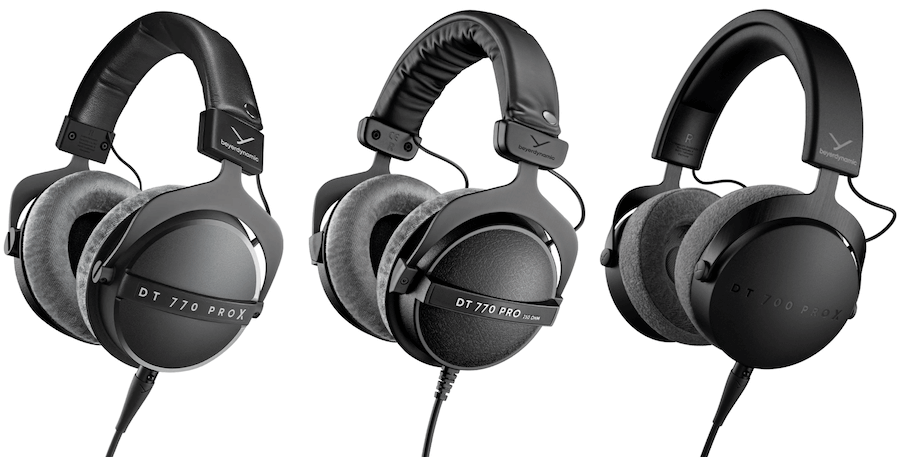
What’s New, What’s Better, and Why It Matters
The Beyerdynamic DT 770 PRO X isn’t just a rehash of an old classic—it’s a modern remix that keeps the soul of the original while tightening up everything that counts. For $199, it bridges the gap between the long-standing DT 770 PRO workhorse and the pricier DT 700 PRO X, offering updated tech and ergonomics without losing the neutral, reliable tuning engineers swear by.
At its core, the PRO X brings the same rugged, closed-back design and circumaural fit that made its predecessors studio staples. But it steps into 2025 with some real upgrades: a detachable Mini-XLR cable for modularity, STELLAR.45 drivers that extend the frequency response to 40kHz, and a lightened clamping force paired with a redesigned headband and velour ear pads that won’t make your skull feel like it’s in a vise.
Electrically, the DT 770 PRO X is a sweet spot. With a 48-ohm impedance, it’s far more versatile than the original’s multiple variants (32/80/250 ohm), making it equally at home plugged into a USB-C dongle DAC or a desktop interface. And while it doesn’t quite hit the DT 700 PRO X’s 114 dB SPL @1V, it still delivers plenty of volume and headroom with a cleaner, tighter THD spec than the legacy DT 770 PRO (<0.05% vs <0.2%).
So where does it land? The DT 770 PRO X sits neatly between the past and the premium, retaining everything that made the 770 PRO a benchmark while modernizing the user experience—without creeping into the higher-tier price tag of the 700 PRO X.

DT 770 PRO X Comfort, Power Handling, and Noise Isolation: What’s Actually Improved?
A few key upgrades jump off the spec sheet and translate directly into real-world performance.
First up, maximum input power has more than doubled, jumping to 210 mW—a serious boost over the original. That means the DT 770 PRO X can handle higher dynamic swings without distortion, making it better suited for modern high-res sources and more aggressive mixes.
Clamping force has crept up slightly to 5.5 Newtons, just above the 5.3N of the DT 700 PRO X, but thanks to the reduced weight (just 305 grams), the overall comfort actually improves. You get a secure fit without feeling like your head’s trapped in a vice grip.
Finally, ambient noise attenuation dips slightly to 16 dB A, compared to 20 dB A on the DT 700 PRO X and earlier versions of the 770 PRO. That’s likely due to the updated pad and headband design—less mechanical isolation, but a more natural feel. Even so, it still blocks out more than enough for tracking, mixing, and editing in less-than-silent environments.
I first put the DT 770 PRO X through their paces at home, running them off a few of my go-to rigs: Schiit Audio’s Magni Unity and Vali 3 headphone amps, the Ragnarok 2 Integrated Amplifier, and the WiiM Ultra Network Streamer.
Portable gear? An iPhone SE that refuses to die, an iPhone 14 that thinks it’s smarter than me, and the iFi GO Bar Kensei—a polished little samurai of a DAC that actually gives a damn about how things sound. Unlike most things I carry, it doesn’t lie or flinch.
Between the clean power and high-res playback, it was clear right away these headphones weren’t just coasting on legacy—they had the chops to keep up with serious gear. After a few late-night sessions at my desk, I packed them up for real-world testing: a hastily rebooked flight to Spain from New York (my original route to Israel got scrapped—thanks to the Ayatollah and a fresh round of ballistic missile war with Iran).
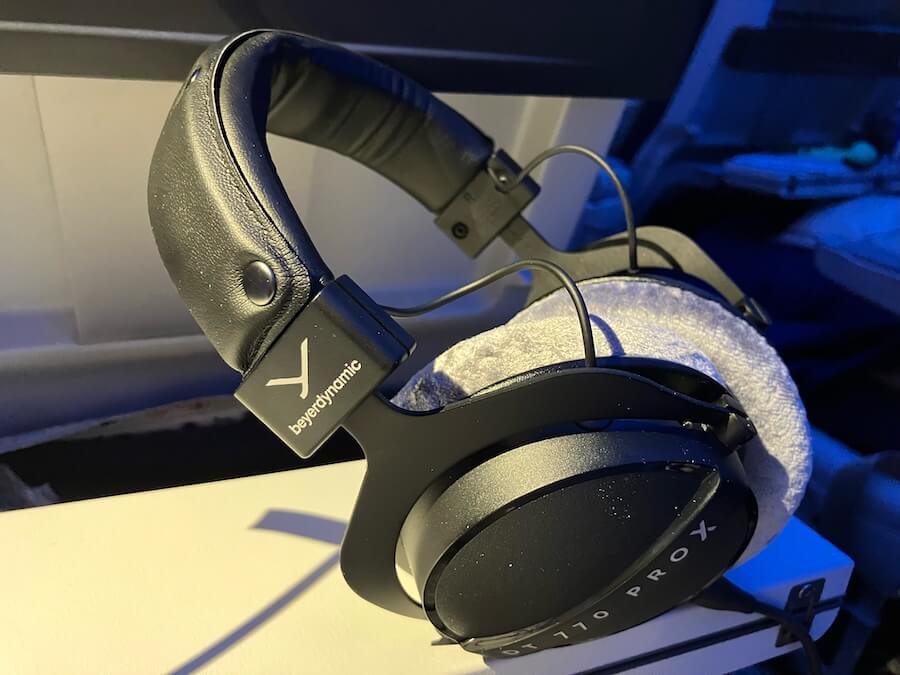
Let’s talk clamping force—because specs don’t always tell the whole story, especially when your head’s on the larger side like mine.
As the plane climbed out over the Atlantic in the middle of the night, I slipped them on for a 4-hour listening session that involved dodging questions from my kids, pretending to be asleep, and actually dozing off somewhere over the Azores. Despite the listed 5.5N clamping force, they never felt too tight or fatiguing—secure, yes, but not skull-crushing. For long-haul use and big heads alike, that’s a win.
Compared to my well-traveled, five-year-old pair of Meze Audio 99 Classics, the DT 770 PRO X feels almost featherweight—both on the scale and on my head. The Beyers also apply noticeably less clamping force, making them the more forgiving option for long sessions or transatlantic escape routes.
The velour pads on the PRO X are softer and more breathable than expected, though surprisingly warmer in actual use than the 99’s protein leather cushions, which I assumed would run hotter.
Credit to the Romanians—the 99 Classics look far more luxurious, and they should at more than double the price. But after dozens of flights, I can say this: the Meze may win the beauty contest, but they feel heavier and tighter in real-world use.
The DT 770 PRO X may not be a fashion icon, but it’s the pair I’d choose flying out of JFK—or Newark; whether it’s a marathon haul to Ben-Gurion, a very long trek down to Cape Town, or a hop over to my other “home” in Florida, these headphones deliver the isolation you desperately need—especially when you’re crammed onto a Spirit Airlines flight hurtling toward the Sunshine State. Trust me, blocking out screaming adults and questionable snack choices is an underrated superpower.
What’s In The Box
Inside the box, you get the basics: a 3-meter Mini-XLR to 3.5mm cable, a solid 3.5mm to 6.3mm adapter, and a standard drawstring bag—not the “premium” carry pouch some marketing materials suggest. Honestly, for $199, I’m not expecting a hard case or luxury swag, and the simple bag is perfectly adequate for storage and light travel.
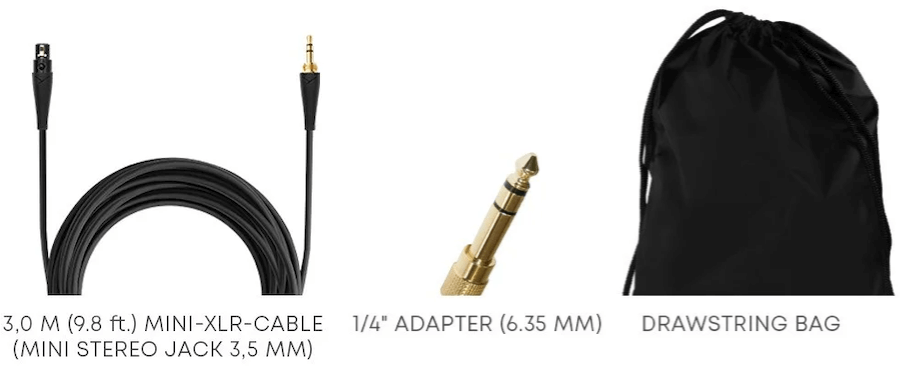
The connector situation is well thought out, making swapping cables a breeze, but the included cable’s rubber sheathing felt a bit cheap compared to the headphones’ otherwise solid build. It didn’t suffer from annoying microphonics or get tangled up during my airplane listening marathon (not that I’m the “let’s twist and shout” type), but if you’re logging serious studio hours every day, a sturdier third-party cable might be worth hunting down.
Listening to the DT 770 PRO X: Precision, Power, and a Side of German Discipline
Having spent the past five years with a steady diet of darker, thicker-sounding closed-backs—the Meze 99 Classics being a long-time favorite—I wasn’t exactly sure what to expect from the Beyerdynamic camp. “Neutrality” has never really been my thing, in audio or otherwise. I’ve always preferred gear with a point of view, something that colors outside the lines.
So the whole “studio tuning” pitch had me wondering: was this going to be a sterile, lifeless ride to nowhere, or the perfect blank canvas for my desktop amps and the warm-blooded iFi GO Bar Kensei to paint all over?

Listening began on a somber note—news of Brian Wilson’s passing hit like a wave that doesn’t recede. His music has always been stitched into the fabric of my listening regimen, from childhood road trips to late-night vinyl sessions that blurred into dawn. Pet Sounds isn’t just an album—it’s a benchmark. A lighthouse. G‑d only knows where we’d be without him.
His sense of harmony, melancholy, and emotional precision shaped generations of musicians and listeners alike. It felt only right to begin with “God Only Knows” (Qobuz, Mono, 24-bit/96kHz) and let the rest follow.
To say the Meze and Beyerdynamic headphones paint different pictures would be like saying Tel Aviv and Tehran have a few stylistic differences. The Romanian-built Meze offer that thick, cozy hug in the upper bass and lower mids—great for vocals, male or female, with a romantic warmth that flatters. But depending on your amp and source, they can also feel a bit boxed in, like the music’s trying to escape but can’t find the door.
The DT 770 PRO X, on the other hand, light up the entire spectrum—from the sub-bass all the way to the upper treble—with far more openness and definition. And here’s the twist: that detail-first approach actually worked in their favor, especially with the Schiit Vali 3 (tubes, baby) and the richer-sounding iFi GO Bar Kensei. With those two, the Beyers didn’t come off as cold or surgical—they gained tone, texture, and just enough grit to keep things interesting. Definitely better to feed them warmth than try to wring life from a flat, neutral source.
What struck me almost immediately with the DT 770 PRO X was how much more expansive and immersive everything felt—like stepping out of a dim, wood-paneled studio and into a cathedral of sound.
These headphones don’t just present music; they reveal it. The transparency and detail retrieval aren’t just technical talking points—they actively reshape how you perceive the mix. With either the Schiit Vali 3 or the iFi GO Bar Kensei feeding them, the stage widened, the floor dropped out, and suddenly I wasn’t just listening to music—I was sitting in it–which was rather impressive for a pair of $199 closed-back headphones.
Pick any track from Pet Sounds—Wilson didn’t just write songs, he constructed miniature symphonies with the intensity of a man trying to outrun his own demons. Through the DT 770 PRO X, those layers don’t just sit politely in the background—they break loose, float into the room, and start rummaging through your emotional baggage.
There’s no harpsichord, despite what your memory might suggest, but you do get that moody bass clarinet breathing like it’s got something to confess, a pair of accordions adding this weirdly perfect tension, and cellos pulling at the mix like a tug-of-war with your soul. It’s all there, in high relief, yanked out of the shadows and dropped right into your lap like a séance conjured by someone who actually knows what they’re doing.
The Meze 99 Classics might give you the warmth of a California sunset, but the Beyers give you the beach house and the storm rolling in behind it. There’s no sugarcoating, no smoothing over. Just Wilson’s genius, spread out in all directions, daring you to look closer.
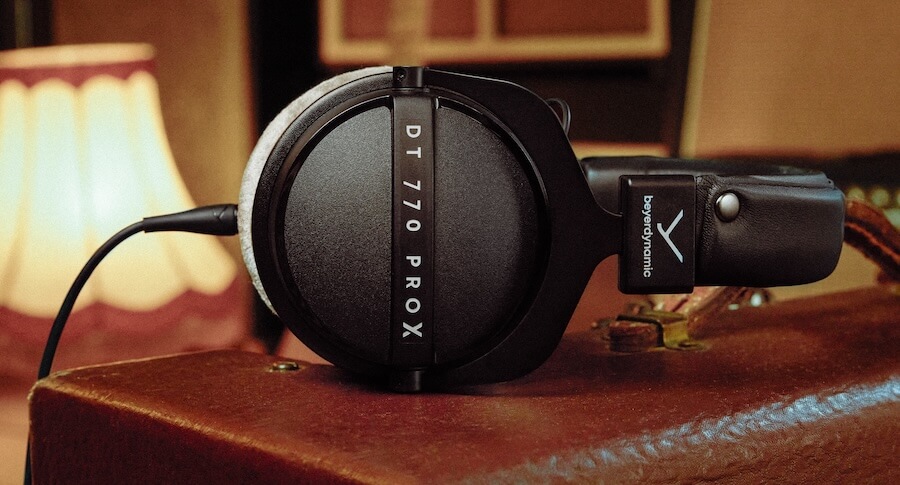
How the DT 770 PRO X Handle Metallica: Precision Over Power?
Switching gears to Metallica—”One,” “Master of Puppets,” and “Nothing Else Matters”—was where the DT 770 PRO X showed both their strengths and their potential Achilles’ heel. If your source gear leans analytical or dry, these headphones won’t do you any favors. The more neutral tuning can strip some of the weight and menace out of the low end, leaving the kick drum feeling a little too polite and Hetfield’s growl not quite as guttural as it should be.
Unless you want a tight, ultra-quick bottom end with minimal bloat—which the Beyers absolutely deliver—things might sound a touch too clean, like Metallica accidentally walked into a jazz fusion session and decided to stay. Feed them something warmer or more muscular, like the iFi GO Bar Kensei or a good tube amp, and the thunder comes back.
Otherwise, it’s all precision, no punch—great for studio detail, but maybe not what you want when you’re cranking Puppets to eleven and trying to summon your inner Lars.

Seductive, Soulful, and Slightly Dangerous: Listening to Lana, Nina, and Amy on the DT 770 PRO X
It doesn’t matter if it’s speakers or headphones—if the female voice comes through cold, clinical, and lifeless, I’m out. Hard stop. Knowing the DT 770 PRO X are studio cans, I braced myself for that kind of emotionally detached experience—the audio equivalent of being stuck in a scene with a bad central casting fill-in instead of the real deal. But much to my surprise, the Beyers brought more texture and presence to the upper midrange than I expected. Sure, the amps and source gear (Schiit and iFi doing the Lord’s work) helped shape the tone, but Lana, Nina, and Amy all got their moment to absolutely own the stage.
And yeah—what a goddamn loss Amy was. It wasn’t just the shitty people around her or the industry pressure—it was that familiar war with her own demons. I get it. “Valerie” can go sharp and glassy with the wrong gear, but through the DT 770 PRO X, it had clarity without the edge, soul without syrup. Cleaner, more open than the Meze, and for once you didn’t feel like the mix was fighting itself. Listening to her, I swear—part of me just wanted to walk on stage, wrap her up in a coat, and say, I’m outside in the car. We’ll go home. I’ll make matzo ball soup. You don’t have to do this tonight.
Lana Del Rey can sometimes (okay, maybe often) feel like a one-trick pony—but it’s a well-crafted trick. That hazy vocal tone and moody, slow-burn production work best with open-back headphones that give her sound room to float. That said, the DT 770 PRO X are surprisingly open-sounding for a closed-back. They don’t create a massive soundstage, but there’s enough width and air to keep the atmosphere intact. It’s a solid listen—especially if you’re the kind of guy who skipped game night to sit in a dark room and quietly spiral to Born to Die.

From Bitches Brew to Autobahn: Miles, Dolphy, and Kraftwerk Walk Into a Studio…
Miles, Dolphy, and Kraftwerk. Not exactly your typical playlist trio, but all three will tell you real quick whether your headphones can hang or not. The DT 770 PRO X handle each with a mix of precision and restraint—sometimes a little too restrained, depending on your source.
Kraftwerk benefits the most here. The Beyer’s clarity and snappy pacing suit electronic music perfectly—beats are tight, textures are clean, and every synthetic pulse lands right on the grid. But if your amp or DAC leans lean, it can all start to feel a bit skeletal. You want Kraftwerk to sound robotic, not malnourished. Feed the Beyers something with some meat on the bones, and the drive and focus really come alive.
Now jump to Eric Dolphy, who’s not so much playing the bass clarinet as trying to exorcise something through it. He’s angular, wild, almost free-falling at times—and the Beyers keep up without turning it into a mess. There’s enough resolution to catch every breath, every squawk, every sideways glance he throws across the mix. The neutrality helps here—it lets you feel the tension without softening the edges.
Miles is a different beast altogether. He doesn’t explode like Dolphy; he boils. There’s smoke, yes, but there’s also force behind it—controlled, simmering power. With the right gear, the DT 770 PRO X let that burn come through. His muted trumpet doesn’t just float—it cuts. But again, it needs support. Cold gear makes it feel distant. Warm it up with the Schiit or iFi, and suddenly there’s breath behind the notes, space around the silence. You don’t just hear Miles—you feel him walk into the room and not say a damn word.
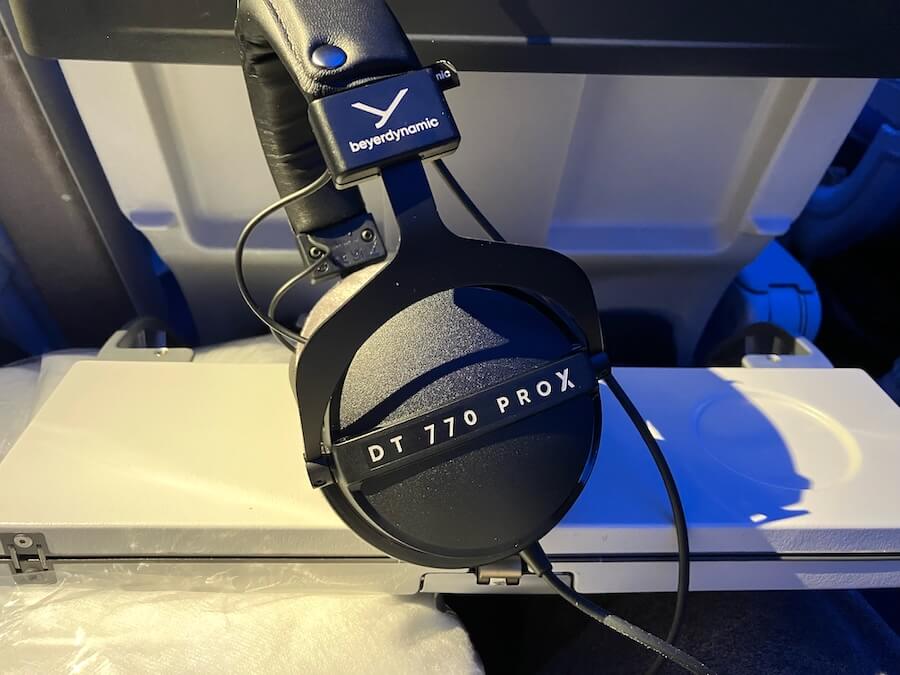
The Bottom Line
The DT 770 PRO X deliver serious value for the money, offering studio-grade detail with just enough soul to keep things interesting. Passive isolation is good—perfect for tuning out the world (or the guy next to you in 22B explaining crypto to his Tinder date). They’re supremely comfortable for long sessions, and the replaceable ear pads, headband, and detachable cable give them real longevity—though that cable could stand to be less rubbery and more premium at this price.
Despite being closed-back, they have a surprising sense of openness that makes them feel less boxed-in than most in their class. No, they don’t fold flat, so they’re not the most travel-friendly—but on a long-haul flight with ballistic missiles lighting up the night sky and Amy Winehouse whispering in your ear, daring you to light her cigarette and rest your hand just above her hip? You’ll be glad you packed them. Studio-focused, yes—but highly shapeable with your amp, DAC, and a little EQ if you’re into that sort of Rhine-side tuning.
Pros:
- Excellent value for the performance
- Good passive isolation – great for travel or noisy environments
- Comfortable for long listening sessions
- Replaceable ear pads, headband, and detachable cable = long-term durability
- Surprisingly open and spacious for a closed-back design
- Neutral, detailed tuning that’s easy to shape with amps, DACs, or EQ
- Built solid, with a design that can take some knocks–but not a truly hard drop
Cons:
- Cable quality feels cheap and slightly springy
- Doesn’t fold flat – not the most portable option
- Needs a good source or amp to really shine (can sound lean with the wrong gear)
- May be too neutral or clinical for listeners who prefer a warmer, more colored sound out of the box
- Closed-back limitations still apply—don’t expect open-back magic, just a clever illusion of it
Where to buy:
Related Reading:
- Kiwi Ears Ellipse Headphones Review: Basshead Bliss Or Budget Blunder Under $100?
- Beyerdynamic DT 990 PRO X: The Studio Legend Gets A Cable That Finally Lets Go
- Meze Audio’s 105 AER Headphones Feature Trickle Down Technology For Only $400
- Beyerdynamic DT 1770 Pro MKII Review: Refined And Affordable For Studio Work

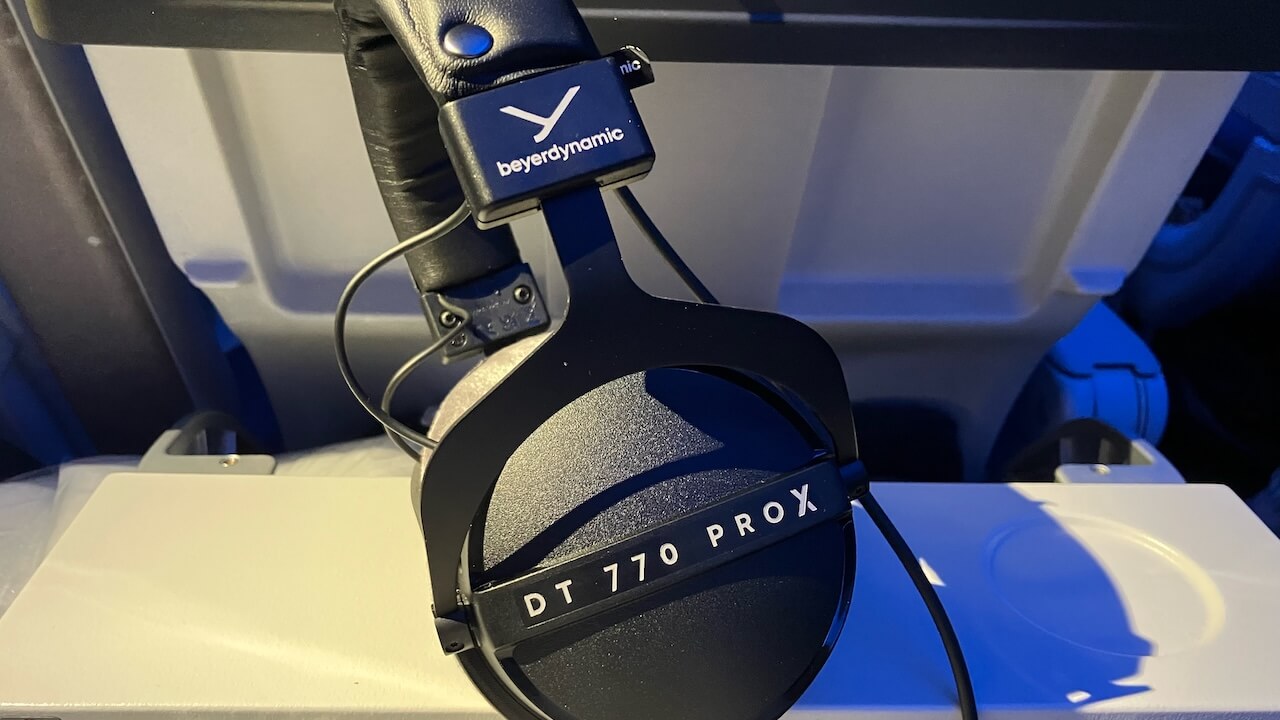
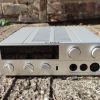


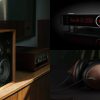







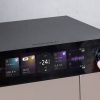
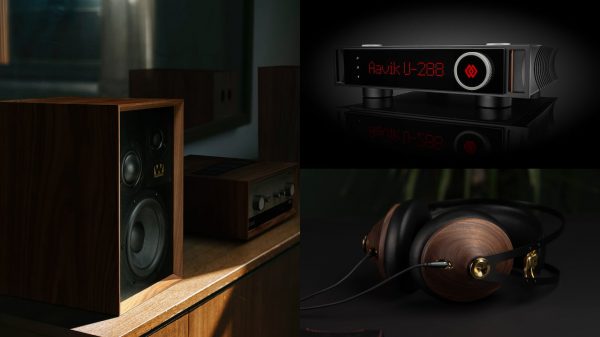
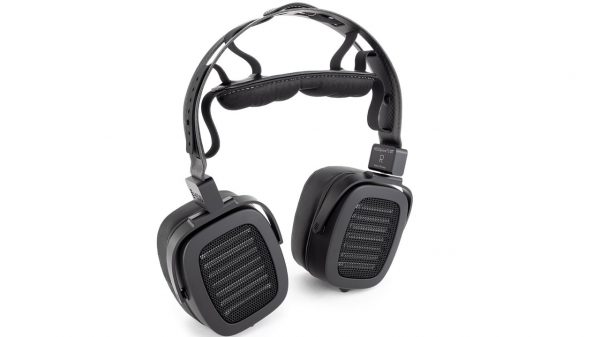
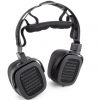
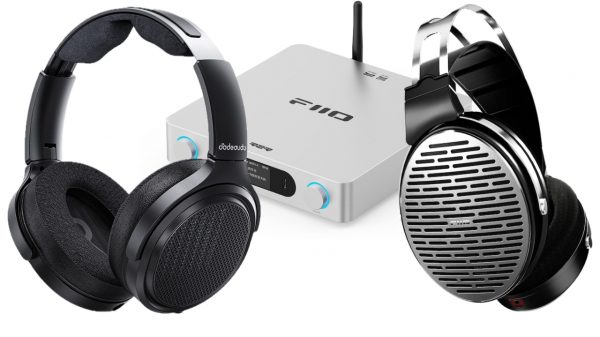





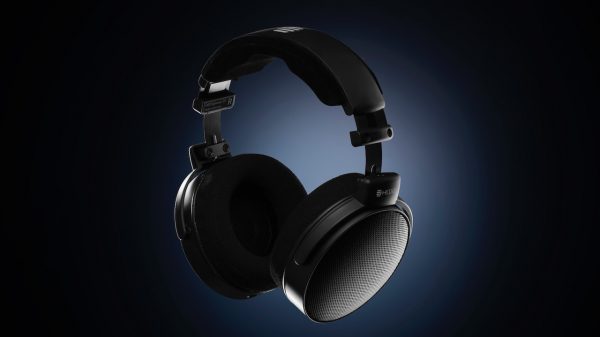
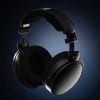
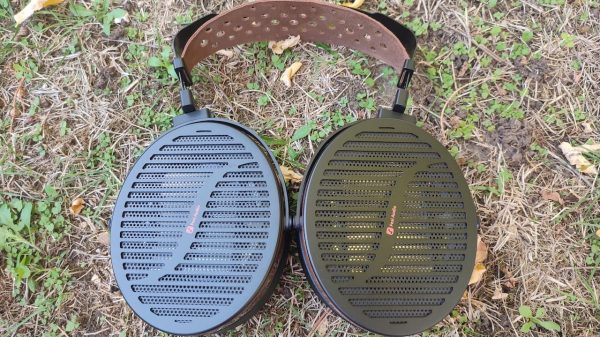

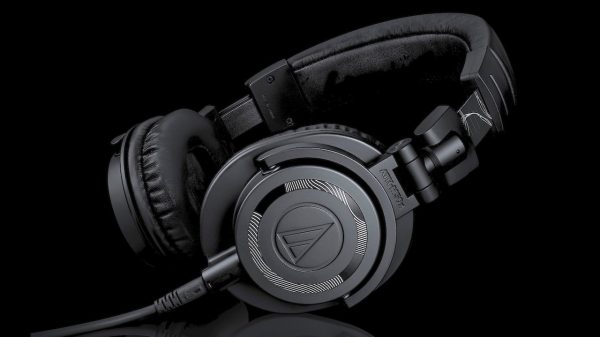
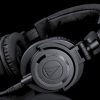











Anton
June 25, 2025 at 5:35 pm
That’s a lot to think about in a $199 headphone but thank you for the comprehensive and entertaining review.
Ian White
June 25, 2025 at 8:26 pm
Anton,
I’m overseas and been using them a lot. They are very good for $199. The comfort level is very high and I really like the ability to shape the overall tonal balance. The build quality is good but not exceptional.
Entertaining is better than boring.
Anton
June 25, 2025 at 9:51 pm
True but it’s just my observation that your writing style has become more fluid and snarkier since late-February.
Fewer moments of self-loathing and a lighter touch while still making it easy to understand what these products accomplish — if anything.
Late night photography on a trans-Atlantic flight feels rather rare for any hi-fi magazine.